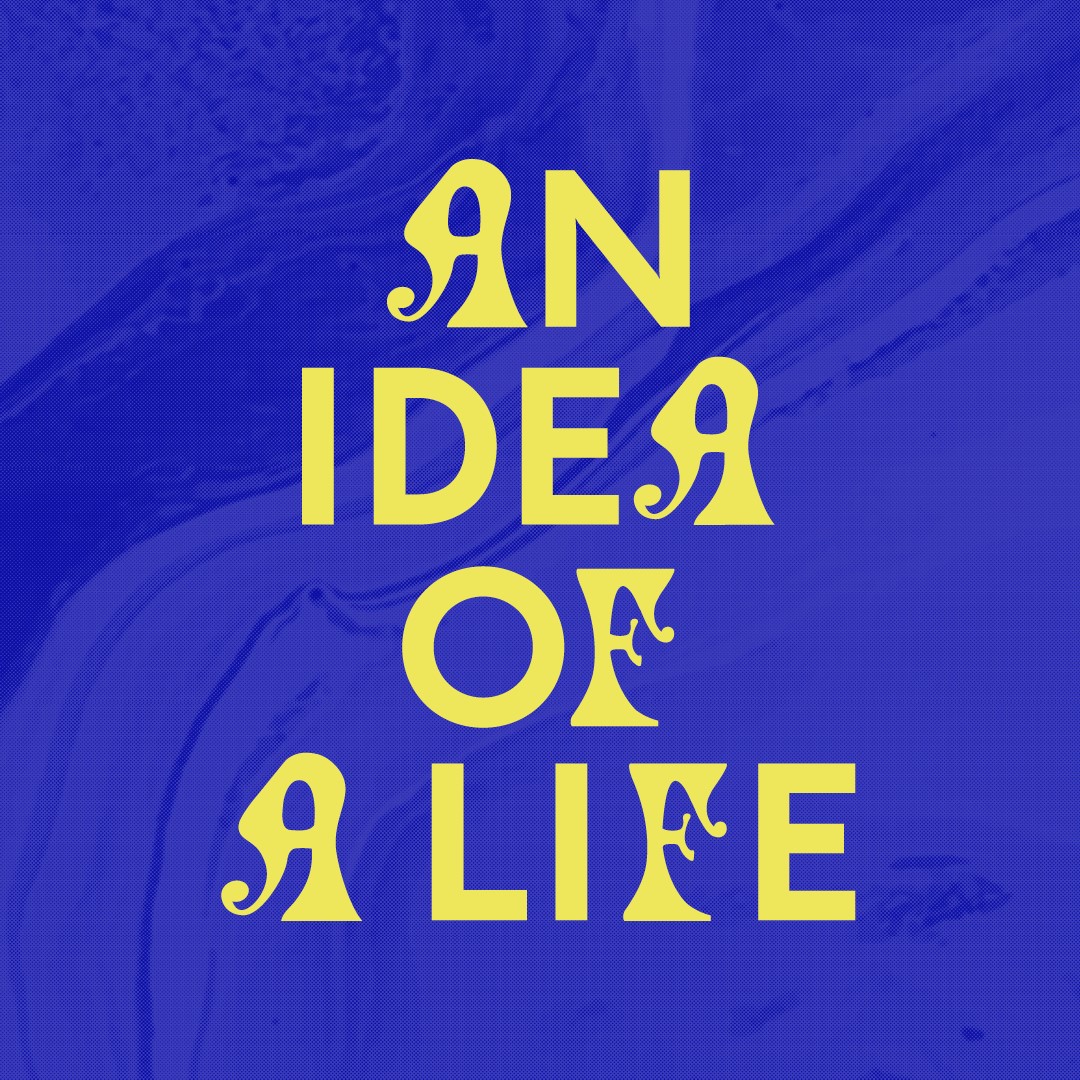–
Open Thursday, Friday & Saturday 11 - 5pm.

An Idea of a Life is the first exhibition at the Women’s Museum Barking. It responds to everyday histories of the women-led community who lived in Barking Abbey from c.666AD through to the early 16th Century. This exhibition tells stories that are both imagined and informed by archaeological finds, records and ongoing research emerging from the site of the former Abbey.
Curated by Nephertiti Oboshie Schandorf with support from Valence House Museum and Barking and Dagenham Archives and Local Studies Service, the exhibition holds newly commissioned artworks by Lesley Asare, Sarina Mantle and Meera Shakti Osborne alongside replicas of artefacts found during archeological excavations of the Abbey. The curator and artists each have a personal connection to the local area and this is seen in the works which are aligned to the solar equinox and seasons so change and grow across the upcoming spring, summer, autumn and winter.
For each new season a new work is shared and added to the exhibition. Works includes representations of contemporary Saints or Abbesses painted by Meera Shakti Osborne; seasonal teas, tinctures and recipe cards based on plants from the local area by Lesley Asare and tapestries reflecting the feminine divine and cycles of nature by Sarina Mantle.
Around each of these seasonal transitions is a programme of cultural events and communal activities that reflect a range of experiences of daily life in Barking Abbey such as healing, choral, activist and devotional traditions. Each artist’s work speaks to the thousand-year history of the site through a range of mediums including portraiture, performance and sonic responses.
Lesley Asare Ritual Recipes
Ritual Recipes celebrates wild medicinal plants and explores how they can be playfully woven into each of our daily rituals.
Through a series of seasonal tinctures and recipes informed by local plants, archival research, historically informed imaginings alongside her Ghanaian heritage, Lesley Asare invites visitors to reconnect to the earth and the wonder of nature as she journeys through the seasons with plants. Inspired by the cyclical nature of life and the wisdom that each season offers, medicines will be displayed and community events will be held at the Women’s Museum to explore the daily rituals of Eating, Drinking, Adorning, and Bathing throughout 2024. This work aims to inspire visitors to slow down, open up to the medicine that surrounds us every day and to ceremoniously come home to the body through plants.
The apothecary cabinets used in the installation are from Valence House Museum’s collection. They were formerly shop fittings from P. Gray Chemist and Optician which served the local community for over half a century from their location at 45 Longbridge Road in Barking until the shop was demolished in the early 1990’s.
Meera Shakti Osborne Intimate Transformations
Who are the saints of today? Do we know them? Are they you?
Intimate Transformations is a series of four new paintings exploring the private and public lives of the saints of Barking Abbey. A new painting will be revealed to mark the changing of each new season.
Osborne imagines the saints as both real historical figures and those who exist in our present [every]day. The artist hopes that Barking residents will find elements of themselves in the saints painted.
Winter, the first, was initially presented at the November 2023 Women’s Museum programme launch and directly references the painting The Saviour Enthroned in Glory, Christ in Majesty, 1408 by Andrei Rublev. Meera’s painting borrows images from this work such as the shape of an egg to symbolise rebirth. The saint in the painting Winter wears a blue scarf, which is shown as an icy river, echoing the rivers that froze over during the mini ice age which greatly impacted the Abbey in the 14th Century. The saint’s halo speaks of our shared anxieties today about nuclear and environmental threats. Her fingers give a gesture of blessing and in her lap, she holds a book with the title ‘Freedom’ written in Arabic, Kurdish (Sorani and Kurmanji), Hindi, Mandarin, Tigrinya, Urdu and Spanish.
Spring, presented Friday 8 March 2024, echoes The Entrance of Christ into Jerusalem, 1844 by Jean-Hippolyte Flandrin. This painting shares the artist’s hope and joy in this world. The woman on the motorbike is welcomed into the holy city of Jerusalem. Like the saints and icons that connect us to a higher realm, she is us. The artist wants you as the viewer to consider that this saint could be your aunty, sister or cousin. In this painting Al Aqsa’s Dome of the Rock is depicted to represent all that is holy, the sun rising on the horizon and an offering of peace and protection for humanity.
Summer, presented Thursday 20 June 2024, shares the intimate vision of the world of saints inside the monastery. Here Saint Æthelburh the founder and first abbess of Barking Abbey expresses the intimacy of bonding touch through personal care and grooming. The artist’s imagination offers Æthelburh’s first days inside the monastery, devoted to God, surrounded by other women, caring and loving each other. Summer is also informed by a moment from the film Fire, 1996 by Indian-Canadian director and screenwriter Deepa Mehta. Autumn, presented Sunday 22 September 2024, shows Saint Tortgyth, a nun and saint of the Abbey who spent most of her life unable to speak and stricken with illness and paralysis. In her last few months, Tortgyth received a vision from God of St Æthelburh being taken to heaven carried up on thick gold chains. After this transformative experience, Tortgyth regained the ability to speak and told of what she saw. Autumn shows an idealised moment of Æthelburh’s touch healing and soothing Tortgyth in her time of need.
Sarina Mantle Sacred Cycles of the Divine Feminine
Landscapes of Mother Earth & the divine feminine as told through four applique tapestries
Sacred Cycles of the Divine Feminine is a series of appliqué tapestries by local artist Sarina Mantle. Appliqué, which is the application through sticking or stitching of fabric to create a larger work. These tapestries tell the stories of mystical landscapes throughout Barking’s histories interwoven with personifications of mother earth and the cycles of her life shown as shifting seasons.
During the artist’s research at the Valence House Archives Sarina was greatly moved by the rich histories of the Abbesses and nuns which were holy, affluent, spirited and educated. Her tapestries speak to the personal histories of women of the Abbey through a repeated motif of gold thread appliqué stitches which reference the gold thread held at Valence House, a replica of which is presented within the exhibition alongside other replicas of excavated finds.
New tapestries will join the exhibition on the following dates: Summer, 20 June 2024; Autumn, 22 September 2024 and Winter, 21 December 2024.



